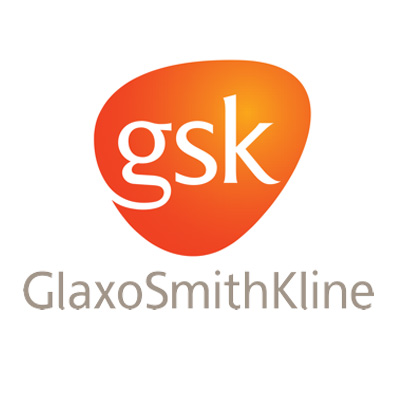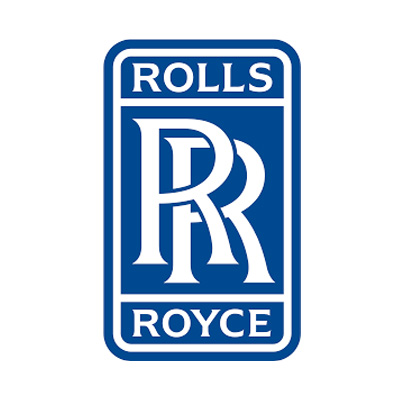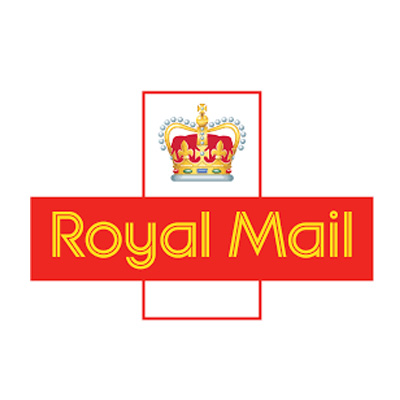How to get the most out of your conveyer belt
July 2018A conveyor belt is an essential part in many different types of businesses. Whatever the size of conveyor belt, it will last longer and function…
Read More Established 1932
Established 1932 Rubber sheeting is a key material in manufacturing, construction, food processing and countless other industries. A highly versatile product, there are several types of rubber sheet, each with their own qualities and properties. As a result, selecting the right sheeting is challenging. At Provincial Rubber Ltd, we’re rubber experts and ideally positioned to guide and advise on all aspects of rubber sheeting.
Typically, rubber sheet manufacturing follows a three-step process. The rubber is prepared to ensure it is malleable, it is shaped and then cured or vulcanised. While this is a basic framework, additional steps may be required to equip the sheeting with specific properties, such as enhanced durability, elasticity or temperature resistance.
Manufactures shape the sheet according to one of three main processes:
Rubber is a versatile material and can be manipulated during manufacturing to create a diverse range of rubber compounds, each with unique properties, strengths and weaknesses.
Valued for its resistance to oils, fuels and other chemicals, nitrile rubber sheeting is manufactured by polymerising emulsified butadiene and acrylonitrile. As a result, it is primarily utilised in settings where contact with petroleum-based products is highly likely. Nitrile rubber sheeting’s stability ensures the long-term durability of components, machinery and environments, minimising the need for replacement and repair and reducing maintenance costs. It is easily cut into strips or extruded for use in seals, making it a flexible rubber sheeting product.
Benefits:
Nitrile rubber sheeting is found in seals intended for vehicles, engine systems and manufacturing lines, where exposure to oil and similar substances is likely. However, it does not perform as well when exposed to UV radiation. This limits its use in outdoor, exposed applications.
Manufactured by vulcanising silicone, oxygen, hydrogen and carbon, silicone rubber is one of the most flexible and versatile sheeting products on the market. It is typically certified as a food-grade material, making it suitable for food processing and medical applications. At the same time, it boasts excellent temperature resistance.
Silicone rubber sheet is highly regarded for its versatility and unique properties, exhibiting excellent flexibility and resilience. Notably, silicone rubber is commonly FDA-approved, making it a trusted material for applications in the food and medical industries.
Benefits:
Silicone rubber sheeting is often found in food manufacturing and processing facilities and is incorporated into food-grade conveyor belting, surgical instruments and prosthetics, and non-stick baking mats in prep areas. Silicone rubber sheeting’s principal drawback is low tensile strength compared to other rubber compounds.
Neoprene sheeting is a highly versatile synthetic rubber product manufactured by polymerising chloroprene. Flexible and resistant to oils, chemicals and similarly harsh substances, it excels in challenging conditions. This extends to outdoor exposure - neoprene sheeting is waterproof and resistant to UV radiation and ozone. Overall, neoprene rubber is a tough and durable option and well-suited to applications where other, less robust rubber compounds may suffer from premature material degradation.
Benefits:
The compound’s stability and excellent resistance mean it is used in protection pads, dust seals, packing pieces and gaskets.
EPDM (Ethylene Propylene Diene Monomer) rubber sheeting is typically selected for its weather resistance. Able to withstand ozone and UV exposure, it is a favourite for outdoor applications. Made by polymerising ethylene, propylene, and a diene comonomer, it is resistant to oxidants, water, steam and some chemicals. EPDM also benefits from being relatively flexible compared to other rubber compounds.
Benefits:
As EPDM sheeting is suited to outdoor uses, it is employed as a roofing membrane in the construction sector, for waterproofing applications, and in gaskets and seals in the automotive industry.
Hypalon, or chlorosulfonated polyethylene (CSM), is known for its resistance to chemicals, UV and ozone. Highly weather resistant, it withstands significant temperature changes and is designed for use in temperatures ranging from -30℃ to 140℃.
Benefits:
With these strengths in mind, hypalon sheeting is frequently used by the construction industry in weatherproof membranes and to protect equipment in the chemical industries. Poor resistance to petroleum-based substances limits its application in those environments where these materials are commonplace.
A unique manufacturing method means insertion rubber sheeting benefits from high tensile strength. Made by embedding fabric layers within the rubber, it also benefits from fantastic tear resistance. This makes it the perfect option for applications requiring tough, hard-wearing sheeting, such as seals, gaskets and vehicle mud flaps.
Benefits:
You will find insertion rubber sheeting in heavy-duty gaskets, on the bottom of doors to prevent drafts and improve thermal management, and in packing pieces. While its strength and durability are significant benefits in these use cases, they also make insertion rubber sheeting heavier and less flexible.
Unlike synthetic rubber compounds, natural sheeting is derived from latex. Highly flexible and abrasion-resistant, it performs well in wide-ranging temperatures and remains stable in challenging environments. It can be manipulated in various ways, allowing distinct types of natural rubber sheeting, including food-grade natural rubber and shot blast natural rubber sheet.
Benefits:
It’s found in almost every industry and has remarkably diverse applications. Key use cases include:
The automotive industry uses rubber sheeting in seals, gaskets and protective covers. It is also employed for vibration dampening, noise reduction and weather stripping.
In the construction sector, it’s used for waterproofing - it forms impermeable barriers in roofs and prevents water penetration in underground structures. It is also used to protect equipment, surfaces and materials during construction.
Rubber sheeting is everywhere in the manufacturing sector. From belting, gaskets and seals to protective linings and pads, it ensures production lines function seamlessly. As the various types of rubber sheet are suited to different environments, facility engineers can select materials that are perfectly suited to their intended applications.
In the healthcare environment, rubber sheeting is used in medical devices, prosthetics and some protective clothing. Here, its durability, stability and toxin-free construction are highly valued. Silicone rubber is particularly prevalent in the medical sector.
Used as insulation and in protective casings and anti-static mats, rubber sheet features prominently in electrical applications. Though its insulating properties are the most desirable characteristic in this context, there are often other complementary benefits. For instance, anti-static mats can also include anti-fatigue and non-slip qualities.
Maintenance engineers and construction professionals must consider several factors when selecting rubber sheeting. In many cases, they will already know what they are looking for and quickly identify suitable products. However, rubber and plastics specialists, like Provincial Rubber Ltd, are always available to advise on material selection and provide technical specifications and guidance. Our material experts are extremely knowledgeable and often help customers problem-solve and find appropriate solutions.
The main considerations are:
To extend the lifespan of rubber sheeting and ensure it is properly maintained before and during use, we suggest the following recommendations.
Natural rubber is derived from latex - a milky white liquid emulsion typically extracted from the rubber tree. In contrast, synthetic rubber is man-made using chemical processes. Manufacturers can manipulate these processes to create synthetic rubber compounds with distinct properties, such as enhanced temperature resistance or high tensile strength.
In many cases, rubber sheeting is recyclable. However, it does depend on the chemicals used during manufacturing and how the sheeting was utilised before recycling.
The thickness of sheeting depends on its intended use. Often, the mechanical stress the sheet will be exposed to is a determining factor. Thicker sheeting is regularly found in manufacturing environments where a higher degree of protection is required, such as loading docks, machinery matting and areas where vibration dampening is necessary.
Certain types of rubber sheeting are suitable for food processing and are utilised in the food processing industry. Silicone rubber is an excellent example. Food-grade rubber is typically advertised as such and will feature an “FDA-approved” or “food-grade” tag.
You can cleanly cut thinner rubber sheeting with a honed utility knife. Specialist cutting tools are also available. For thicker sheeting, saws and mechanical cutters are more common.
At Provincial Rubber Ltd, we supply high-quality rubber sheeting products for diverse industries and applications, from food processing and construction to protective packing and the automotive industry. With over 90 years of industry experience, we ensure our products meet the exacting standards of maintenance engineers and facility managers across the UK and beyond.
At the same time, we pride ourselves on our outstanding customer service and support. Our unparalleled product expertise enables us to assist customers with appropriate product selection and problem-solving. We prioritise quick responses to enquiries, ensuring you get the answers and information you need, without delay. Our always-on-time delivery and streamlined ordering and repeat order processes mean we move rapidly, so you’re never left waiting.
Head to our rubber sheeting page to learn more about Provincial Rubber Ltd products.
A conveyor belt is an essential part in many different types of businesses. Whatever the size of conveyor belt, it will last longer and function…
Read MorePraised for its elastic quality and versatility, rubber is seen as a multi-purpose product that has become one of the world’s most useful materials. Rubber…
Read More










